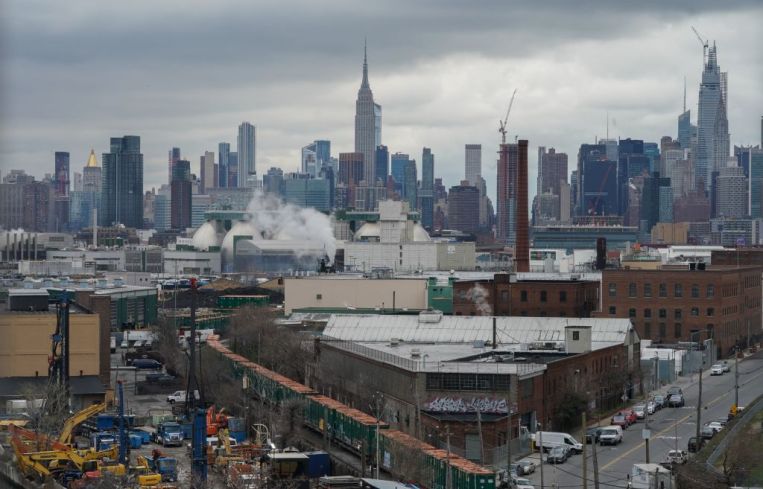New York City’s Building Sales Volume Up Almost 40% From Q1
By Celia Young July 26, 2021 6:13 pm
reprints
New York City’s volume of buildings sold reached $4.8 billion in the second quarter, up 38.9 percent from the first quarter, according to a report from Cushman & Wakefield shared exclusively with Commercial Observer.
The second quarter brought offices back as the reigning asset class in the city, recording $1.6 billion in deal volume, about 23 times higher than the first quarter, according to the report. That’s good news for Manhattan’s office market — which has been beaten and battered by the pandemic.
But the city’s investment sales market is still down from pre-pandemic numbers.
Total deal volume for the first half of 2021 reached $8.3 billion, a 34.6 percent decrease from the first half of 2020, which had a strong start at $8.9 billion prior to the pandemic’s hit on the market.
“[The] last few quarters have been a bit of a seesaw,” Nishant Shah, associate director of research at C&W, said in a statement to CO. “I think now there is certainly more clarity and confidence in the market, and so the 38.9 percent increase in [the second quarter] compared to the first quarter, along with deals currently in contract, indicates the market should continue moving forward with higher volume through the second half.”
The report records sales data for 11 different property types — including office, hotel, development, mixed-use and retail — across the city. Price per square foot averaged at about $520 for the first half of 2021, a slight increase from the end of 2020.
“When we look at core price per square foot data, it has held up quite nicely,” said Shah. “2015 was the peak of the market in terms of volume, and overall pricing across the city is still higher compared to that year, so despite the pandemic and suppressed volume, values have held up throughout.”
Sales for institutional-level assets — properties that trade for more than $75 million — totaled $2 billion in 12 deals, compared to the six that totaled $1 billion in the first quarter, according to the report.
Hotels and office condos recorded year-over-year increases — with hotel deal volume increasing nearly 300 percent compared to the same quarter last year. Both the sale of more distressed or discounted hotels and increasing market confidence contributed to the boost, Shah said.
“Thus far, through the first half, many of the transactions have been distressed or discounted, and so investors are taking the opportunity to purchase these in anticipation of the market continuing its recovery,” said Shah.
Last week, weekly hotel visit demand hit a high since the start of the pandemic, with nearly half a million room nights sold, CO reported. Hotels — part of an $80 billion tourism industry — saw sweeping job losses during the pandemic, with some owners converting hotels into offices or housing.
Cap rates, which have increased each year since 2016, stayed roughly flat compared to the end of 2020, at an average of 5.46 percent across the city.
“Through the first half, cap rates have been consistent with where they were at the end of last year,” said Shah. “So far, we are at the highest cap rate average since 2014, but still historically low when we look at what they were 10 to 12 years ago.”
Celia Young can be reached at cyoung@commercialobserver.com.


